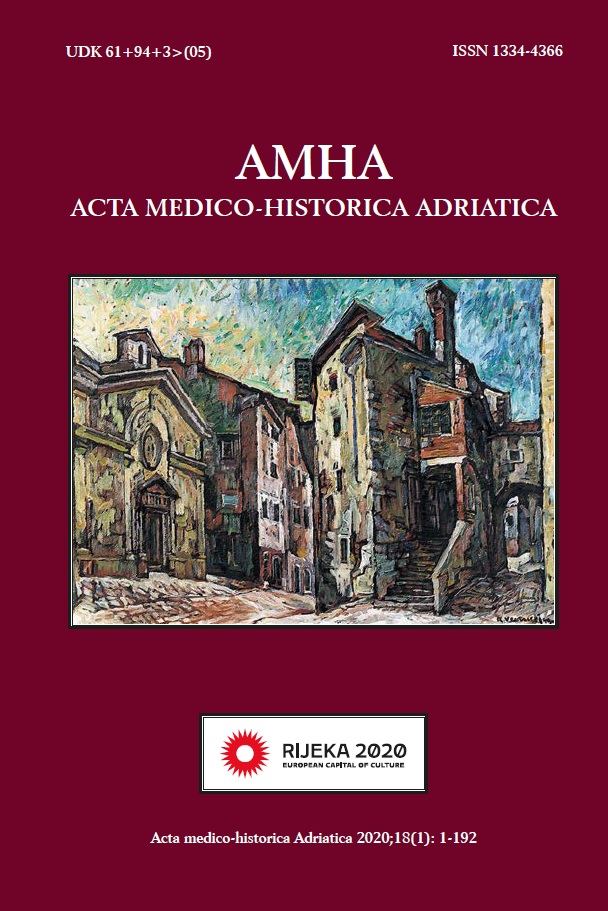MILESTONES IN THE HISTORY OF PEDIATRIC SURGERY DURING THE BYZANTINE TIMES
Keywords:
Byzantine History, Pediatric Surgery, Protectors-SaintsAbstract
https://doi.org/10.31952/amha.18.1.7
During the Byzantine Times, medicine and surgery developed as Greek physicians continued to practice in Constantinople. Healing methods were common for both adults and children, and pediatrics as a medical specialty did not exist. Already Byzantine hospitals became institutions to dispense medical services, rather than shelters for the homeless, which included doctors and nurses for those who suffered from the disease. A major improvement in the status of hospitals as medical centers took place in this period, and physicians were called archiatroi. Several sources prove that archiatroi were still functioning in the late sixth century and long afterward, but now as xenon doctors.
Patients were averse to surgery due to the incidence of complications. The hagiographical literature repeated allusions to doctors. Concerns about children with a surgical disease often led parents to seek miraculous healings achieved by Christian Protectors – Saints.
This paper is focused on three eminent Byzantine physicians and surgeons, Oribasius, Aetius of Amida, Paul of Aegina, who dealt with pediatric operations and influenced the European Medicine for centuries to come. We studied historical and theological sources in order to present a comprehensive picture of the curative techniques used for pediatric surgical diseases during the Byzantine Times.


